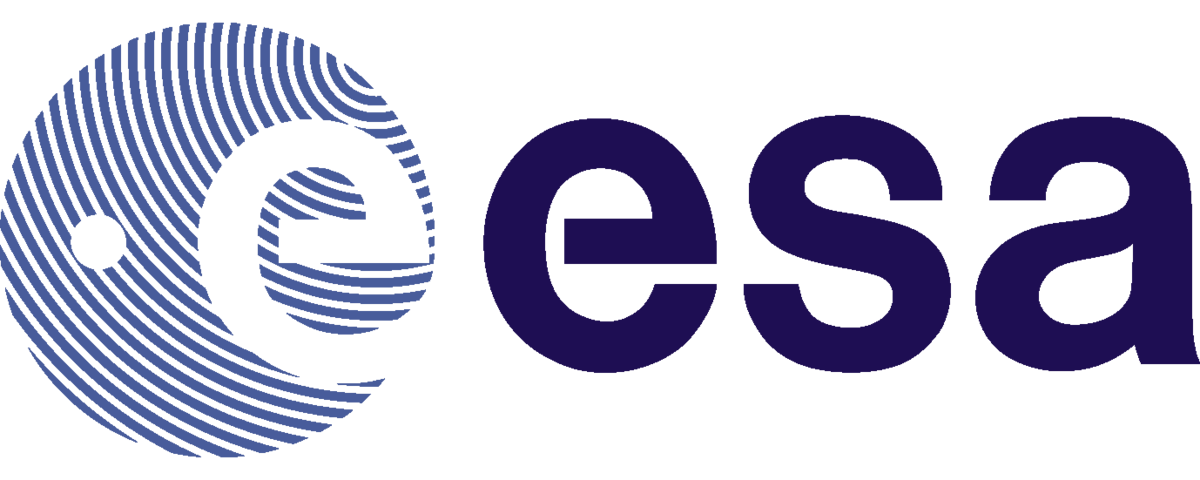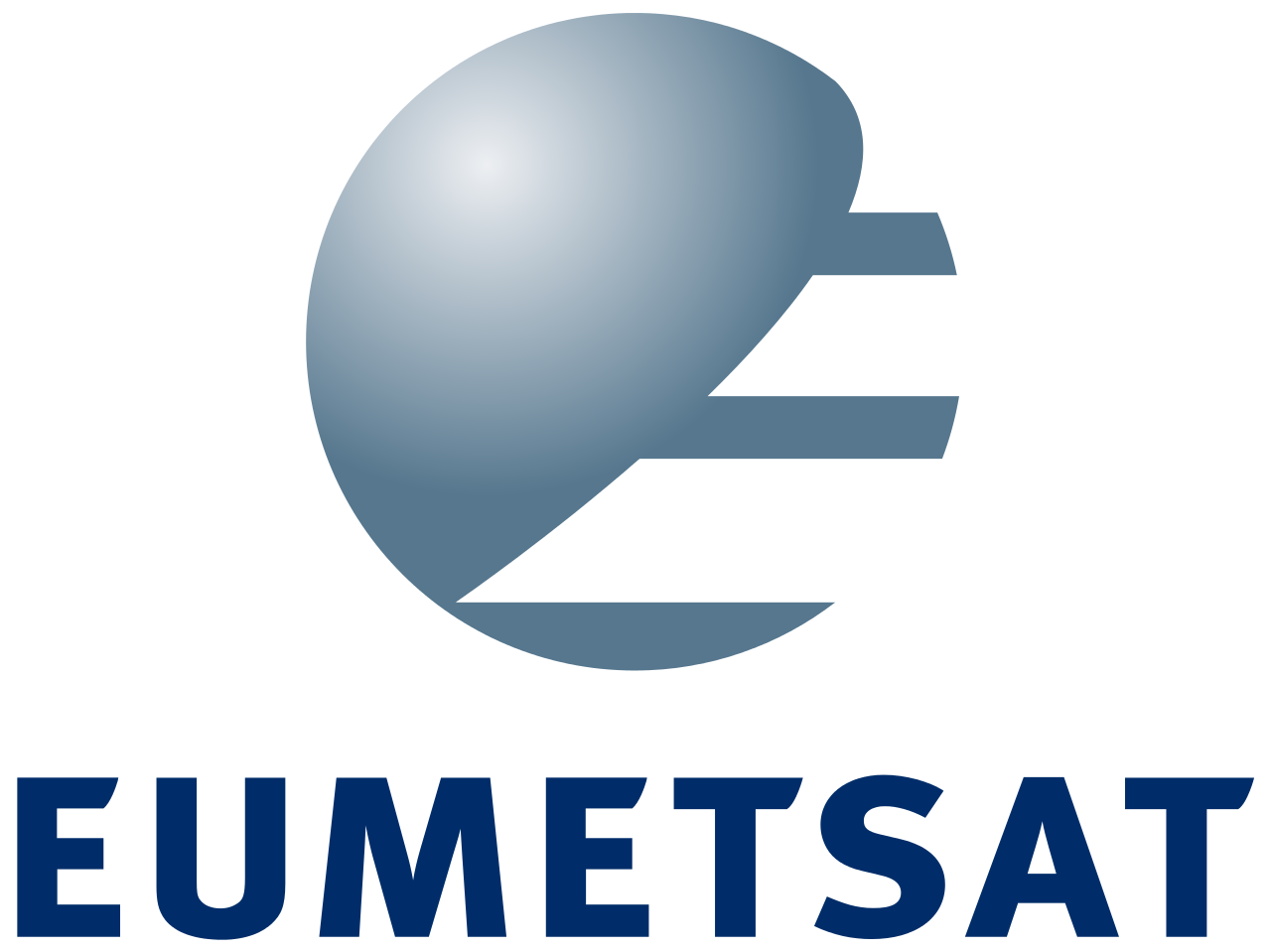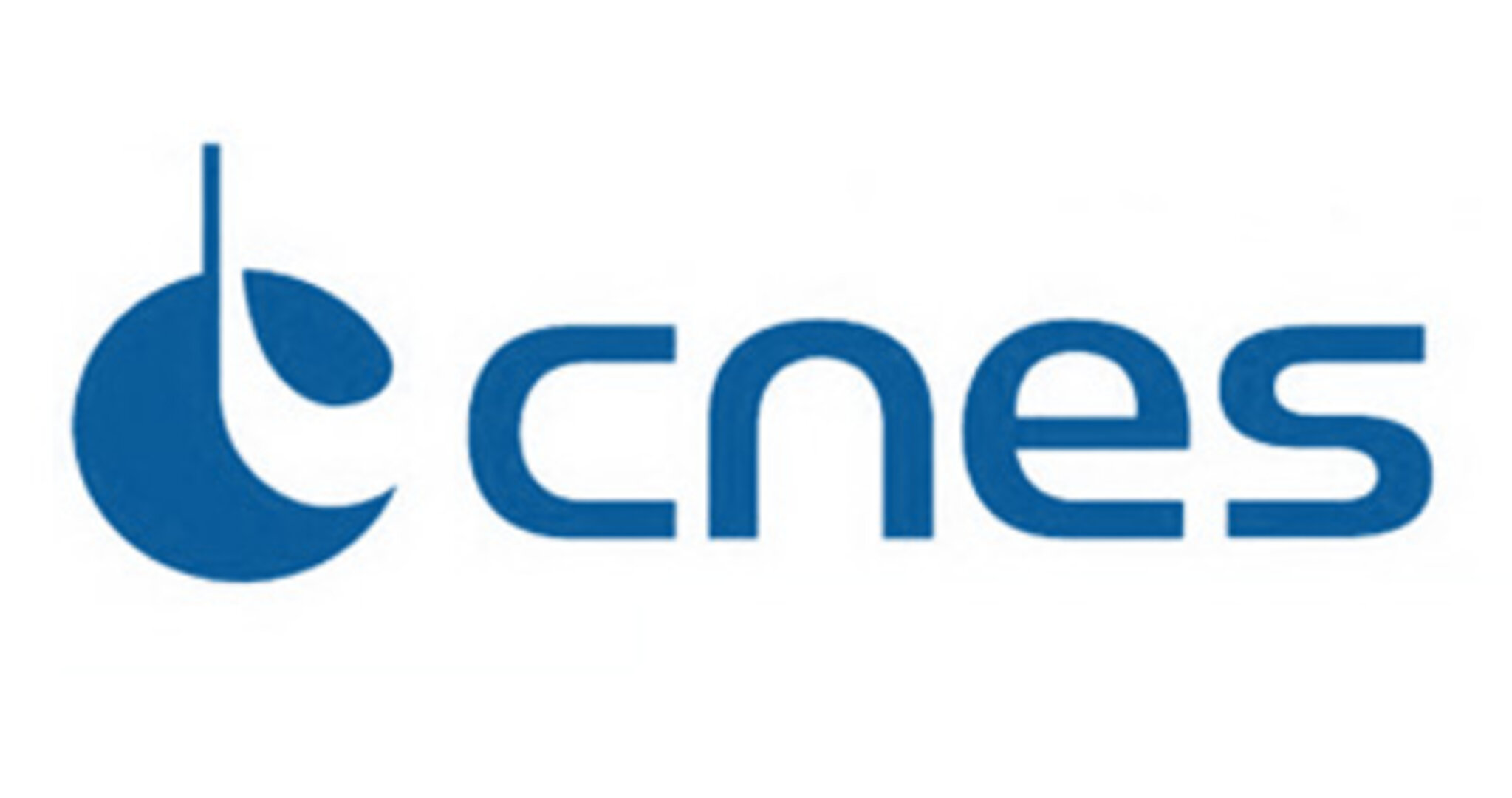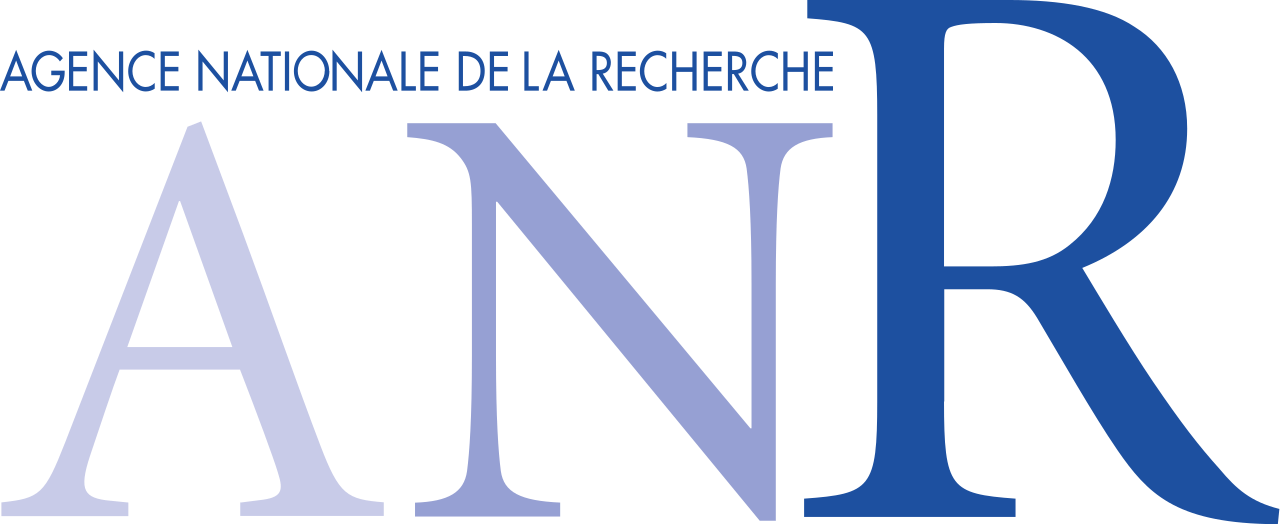Cyclobs: Observing Extreme Events
Over oceans, remote sensing techniques appear to be the most efficient way to monitor
extreme events, as these low-pressure systems evolve in data-sparse regions.
The CyclObs team is working on algorithms to retrieve geophysical parameters for such
events using C-band Synthetic Aperture Radar (SAR).
In particular, SAR data are used to infer ocean surface wind speed from co- and
cross-polarization channels acquired in wide swath acquisition modes now available
with the Radarsat-2 and Sentinel-1 missions. The CyclObs website aims to present this
unique catalog of measurements and comparison exercises against other satellite data
(SMOS and SMAP), airborne data (SFMR), and best track data (IBTrACS, ATCF).
CyclObs database is divided in three different subsets : Tropical storms (TC) , Extra Tropical storms (ETC) and Polar lows (PL).
CyclObs benefits from collaborations with various partners including NOAA, CLS, Oceanscope, MRI, CIRA through different projects funded by ESA, CNES, EUMETSAT and ANR agencies.
Available C-Band Synthetic Aperture Radar missions
Background
During the summer of 2016, a campaign (SHOC) dedicated to the observation of hurricanes using Sentinel-1 SAR was conducted as part of the ESA Scientific Exploitation of Operational Missions (SEOM) program. This campaign successfully illustrated the benefit of late programming to capture hurricane eyes. The feasibility of deriving ocean surface wind speed measurements under extreme events using Sentinel-1 SAR's new capabilities was also demonstrated. SHOC continues as a demonstration concept of what could become a future European service for routine monitoring of tropical cyclones with SAR. The algorithm developed for Sentinel-1 mission was then extended to Radarsat-2.
SAR missions
All C-band SAR measurements presented on this website are from the Copernicus/ESA Sentinel-1 and CSA/MDA Radarsat-2 missions.
SAR level-2 ocean surface wind measurements are produced by Ifremer with support of ESA/CNES/ANR fundings. Algorithm and processing chain has been developed by Ifremer.
Regarding Copernicus/ESA Sentinel-1 data, CyclObs team is grateful to ESA and Sentinel-1 mission planning team for their efficiency during SHOC.
Regarding CSA/MDA Radarsat-2 data, CyclObs team is grateful to GIS BreTel and Vigisat operators for their efficiency during SHOC.
Scientific collaborations are listed in the references related to this product.
If you have to use SAR images from CyclObs, please be sure to credit Ifremer. Please include the following citation: "This image/product was obtained from Ifremer/Cyclobs and produced with SAR wind processor co-developped by IFREMER and Oceanscope"
Mouche Alexis, Chapron Bertrand, Knaff John, Zhao Yuan, Zhang Biao, Combot Clement (2019). Copolarized and Cross‐Polarized SAR Measurements for High‐Resolution Description of Major Hurricane Wind Structures: Application to Irma Category 5 Hurricane. Journal Of Geophysical Research-oceans, 124(6), 3905-3922. https://doi.org/10.1029/2019JC015056
Zhao Yuan, Mouche Alexis, Chapron Bertrand, Reul Nicolas (2018). Direct Comparison Between Active C-Band Radar and Passive L-Band Radiometer Measurements: Extreme Event Cases. IEEE Geoscience And Remote Sensing Letters, 15(6), 897-901. https://doi.org/10.1109/LGRS.2018.2811712
Mouche Alexis, Chapron Bertrand, Zhang Biao, Husson Romain (2017). Combined Co- and Cross-Polarized SAR Measurements Under Extreme Wind Conditions. IEEE Transactions On Geoscience And Remote Sensing, 55(12), 6746-6755 . https://doi.org/10.1109/TGRS.2017.2732508
Combot Clement, Mouche Alexis, Knaff John, Zhao Yili, Zhao Yuan, Vinour Leo, Quilfen Yves, Chapron Bertrand (2020). Extensive high-resolution Synthetic Aperture Radar (SAR) data analysis of Tropical Cyclones: comparisons with SFMR flights and Best-Track . Monthly Weather Review , 148(11), 4545-4563 . https://doi.org/10.1175/MWR-D-20-0005.1
Other Data
L-Band SMOS Radiometer
The sensor of the ESA’s Earth Observation mission SMOS is a microwave radiometer which operates at L-band (frequency~1.4 GHz, 21 cm wavelength), a protected frequency primarily chosen to allow global measurements of Soil Moisture and Ocean surface Salinity from space. SMOS was launched late 2009 and its sensors provide L-band brightness temperature imaging of the Earth over a ~1000 km wide swath at about ~40 km nominal resolution, and with global coverage in about 3 days. It was first demonstrated in [Reul et al.,2012,2016] that SMOS L-band passive measurements over the ocean offer new and unique opportunities to complement existing ocean satellite high wind observations in Tropical Cyclones (TCs) and severe weather. The physical basis for surface wind speed retrievals in extreme weather from passive microwave radiometers involves emission from a rough, foam-covered sea surface. In stormy conditions, ocean surface breaking waves generate extensive foam patches and deep bubble layers associated with high emissivity at microwave frequencies. The foam horizontal coverage and thickness extension as wind speed increases towards hurricane force and above and the associated emissivity increase are the basic principles for surface wind speed retrievals from radiometers. This information can be used as a means of remotely measuring surface wind speeds in hurricanes from airborne, or spaceborne, microwave radiometers. The specificity of L-band radiometer is that at an electromagnetic frequency of 1.4 GHz, upwelling radiation are significantly less affected by rain and atmospheric effects than at higher microwave frequencies. Being negligibly affected by the atmosphere and sea-spray, L-band radiometers therefore uniquely sense the actual ocean surface in Tropical Cyclones.
SMOS products are generated from L2 daily wind products generated by CERSAT/IFREMER. ATCF data is used to find a cyclone presence on SMOS daily files, an area of 2000 km is taken around the matching data cell. Data cell with quality_level > 1 are set to NaN as they correspond to low quality cells, as explained here.
SMOS input data of CyclObs are SMOS Level-2 daily ocean surface wind products. They are processed and delivered by the ESA/Ifremer/ODL SMOS Wind data service. This database only considers data after the 2018/05/01. Algorithm and processing chain have been developed by Ifremer in partnership with ODL. All details and documentation are available on the SMOS wind data service website: https://www.smosstorm.org/.
If you have to use SMOS images from CyclObs, please be sure to credit Ifremer. Please include the following citation: This image was obtained from Ifremer/LOPS"
Reul Nicolas, Tenerelli Joseph, Chapron Bertrand, Vandemark Doug, Quilfen Yves, Kerr Yann (2012). SMOS satellite L-band radiometer: A new capability for ocean surface remote sensing in hurricanes. Journal Of Geophysical Research-oceans , 117, - . Publisher's official version: https://doi.org/10.1029/2011JC007474, Open Access version: https://archimer.ifremer.fr/doc/00067/17805/
Reul, N., B. Chapron, E. Zabolotskikh, C. Donlon, Y. Quilfen, S. Guimbard, J.F. Piolle (2016), A revised L-band Radio-brightness sensitivity to extreme winds under Tropical Cyclone: the 5 year SMOS Storm database, Remote Sensing of Environment, doi: 10.1016/j.rse.2016.03.011, available at: http://www.sciencedirect.com/science/article/pii/S0034425716301043
Reul Nicolas, Chapron Bertrand, Zabolotskikh E., Donlon C., Mouche Alexis, Tenerelli Joseph, Collard F., Piolle Jean-Francois, Fore A., Yueh S., Cotton J., Francis P., Quilfen Yves, Kudryavtsev V. (2017). A new generation of Tropical Cyclone Size measurements from space. Bulletin Of The American Meteorological Society , 98(11), 2367-2386 . Publisher's official version : https://doi.org/10.1175/BAMS-D-15-00291.1
L-Band SMAP Radiometer
SMAP (Soil Moisture Active Passive) is a NASA mission whose first goal was soil moisture from active and passive sensors. As for SMOS microwave radiometer (see section on SMOS), SMAP microwave radiometer operates at L-band (frequency~1.4 GHz, 21 cm wavelength) and provides L-band brightness temperature imaging of the Earth over a ~1000 km wide swath at about ~40 km nominal resolution, and with global coverage in about 3 days. SMAP mission was launched in 2015 and its passive instrument is a real aperture radiometer. It was first demonstrated in [Yueh et al., 2016 ; Meissner, 2017] that SMAP L-band passive measurements can provide ocean satellite high wind speed estimates in Tropical Cyclones (TCs) and severe weather situations over the ocean. The basis of such capabilities are the same than for SMOS (see section SMOS or references).
SMAP products are generated from L2 daily wind products generated by REMSS. ATCF data is used to find a cyclone presence on SMAP daily files, an area of 2000 km is taken around the matching data cell.
Yueh S., H., Fore A. G., Tang W.,
Hayashi A., Stiles B., Reul N., Weng Yonghui, Zhang Fuqing (2016).
SMAP L-Band Passive Microwave Observations Of Ocean Surface Wind
During Severe Storms. IEEE Transactions On Geoscience And Remote
Sensing, 54(12), 7339-7350.
Meissner, T., L. Ricciardulli, and F. Wentz, 2017a:
Capability of the SMAP Mission to
Measure Ocean Surface Winds in Storms, Bulletin of the American
Meteorological Society, 98, 1660-1677. doi:10.1175/BAMS-D-16-0052.1
SMAP input data of CyclObs are SMAP sea surface wind data are produced by
Remote Sensing Systems and sponsored by NASA Earth Science funding.
Data are available at www.remss.com/missions/SMAP/winds/"
They must be refered as Meissner, T., L. Ricciardulli, and F. Wentz,
2018: Remote Sensing Systems SMAP daily Sea Surface Winds Speeds on
0.25 deg grid, Version 01.0. [NRT or FINAL]. Remote Sensing Systems,
Santa Rosa, CA. Available online at www.remss.com/missions/smap/
SFMR Data
Rain rates and ocean surface wind speeds from the SFMR are also used as independent measurements. Since its first experimental flight in 1980 through Hurricane Allen, SFMR is now installed on all U.S. hurricane reconnaissance aircraft to routinely and operationally provide wind and rain estimates during TC events. The concept relies on the use of a C-band radiometer operating at six different frequencies ranging from 4.5 to 7.2 GHz with different sensitivities to foam coverage at the sea surface (related to ocean surface wind speed) and to rain. Over the course of time, retrieval algorithms have been further improved. Here we used the product from Sapp et al. (2019).
Sapp, J., S. Alsweiss, Z. Jelenak, P. Chang, and J. Carswell, 2019: Stepped frequency microwave radiometer wind-speed retrieval improvements. Remote Sens., 11, 214, https://doi.org/10.3390/rs11030214
IBTrACS TC tracks
TC best tracks that are prepared by different Regional Specialized Meteorological Center (RSMCs) and Tropical Cyclone Warning Center (TCWCs) depending on their areas of responsibility, provide 6-hourly estimates of location, intensity and other parameters covering each TC’s life cycle. Initiated from near-real-time observations, these analyses are revisited after the TC seasons to take benefit of all available measurements, from surface information such as buoys, weather radars, platforms, up to aircraft, dropsondes and satellite remote sensors and are a subjectively smoothed representation of a tropical cyclone’s history. The gathering of all these information into a global and homogeneous database is part of the efforts carried out to build the IBTrACS database (Knapp et al. 2010). IBTrACS TC trakcs include the TC location, the maximum sustained wind speed (Vmax), and other parameters, such as wind radii or radius of maximum wind speed (Rmax). Specifically, three different wind radii are defined for each of the four geographical quadrant (NE, SE, SW and NW). These parameters provide the estimates of the maximum extent with wind speed greater than 34 (R34), 50 (R50), and 64 (R64) knots.
Knapp, K. R., M. C. Kruk, D. H. Levinson, H. J. Diamond, and C. J. Neumann, 2010: The International Best Track Archive for Climate Stewardship (IBTrACS). Bull. Amer. Meteor. Soc., 91, 363–376, https://doi.org/10.1175/2009BAMS2755.1
ATCF TC tracks
The Automated Tropical Cyclone Forecasting System (ATCF) is software intended to automate and optimize much of the tropical cyclone forecasting process. The system features global tracking capability, a suite of objective aids, and a user interface that allows simultaneous tracking of multiple tropical cyclones. ATCF TC tracks include the TC location, the maximum sustained wind speed (Vmax), and other parameters, such as wind radii or radius of maximum wind speed (Rmax). Specifically, three different wind radii are defined for each of the four geographical quadrant (NE, SE, SW and NW). These parameters provide the estimates of the maximum extent with wind speed greater than 34 (R34), 50 (R50), and 64 (R64) knots.
Miller, R. J., A. J. Schrader, C. R. Sampson, and T. L. Tsui, 1990:
The Automated Tropical Cyclone Forecasting System (ATCF). Wea. Forecasting,
5, 653–660,
http://doi.org/10.1175/1520-0434(1990)005%3C0653:TATCFS%3E2.0.CO;2
Sampson, C. R., and A. J. Schrader, 2000: The automated tropical cyclone
forecasting system (version 3.2). Bull. Amer. Meteor. Soc.,
81, 1231–1240,
https://doi.org/10.1175/1520-0477(2000)081%3C1231:TATCFS%3E2.3.CO;2
Contributing projects/partners
Funding




Associated Projects


Sentinel-1 for Science Ocean ESA project (http://www.s1oceanstudy.org/)
Dragon-4 ; ESA project
CHEFS ; EUMETSAT
CARAVELE ; ANR project
CFOSAT for Ocean Waves Study (COWS); CNES Funding